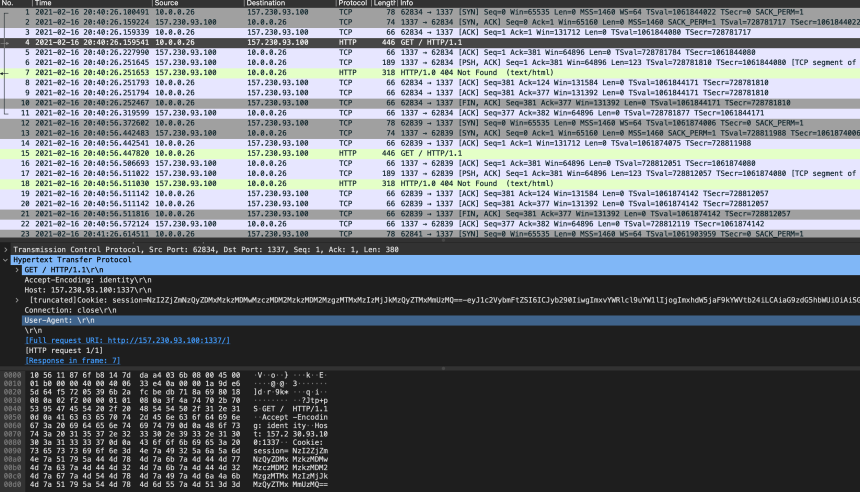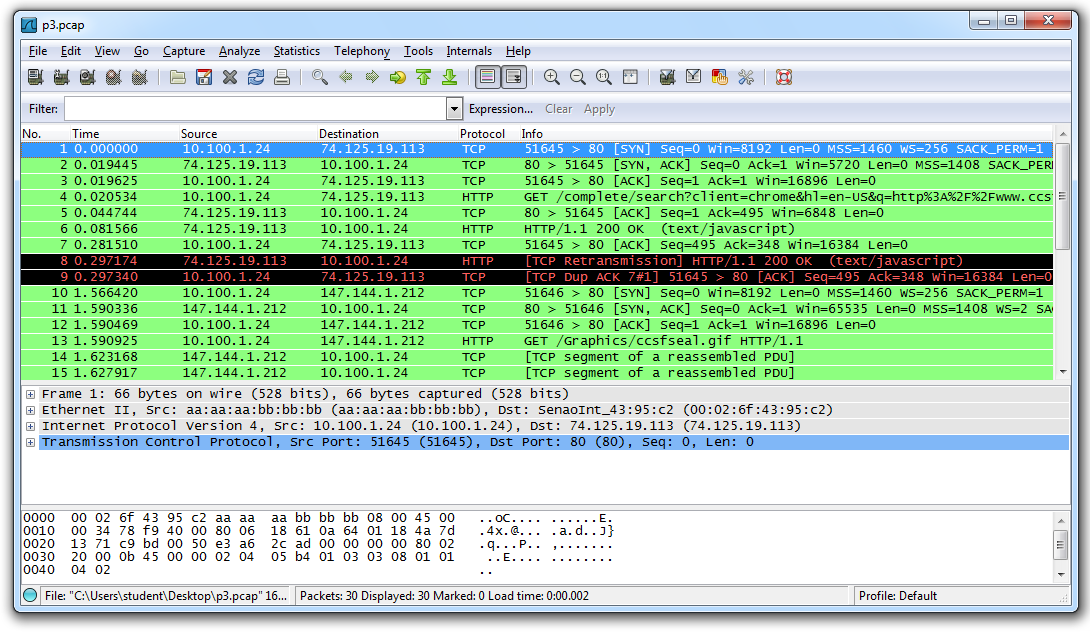
For example: wlacliutil -S -U -P -I -iĪ response file contains configuration information for tasks you need to perform in wlacliutil.

To use wlacliutil with a response file, specify the response file when starting the utility. You’re guided through the whole procedure until the task is complete. Otherwise, enter N and here comes another request:Įnter files to be imported (using ‘,’ to separate multiple files and wildcard characters are supported):Īnd so on and so on. If it is accessible, the utility lists all available PCAP files under this directory and asks for more information:ĭo you want to import all these PCAP files? Ī default value, Y, is provided. The utility then asks you to re-enter a valid PCAP files location. If the path you entered is not accessible, an error message is displayed.

The utility then prompts you to enter the capture name:Īfter you enter a name for the capture, a wizard is displayed for you to enter more information: In interactive mode, wlacliutil provides commands and menu prompts to help you make selections and enter proper values for each option.įor example, if you want to import a capture, enter the command: capture import You can use wlacliutil either interactively or with a response file. Please use SAP ASE Cockpit to view such information. The current version of wlacliutil does not provide complete analytical and statistical information, or comparison results.

The wlacliutil utility is in the $SYBASE/WLA (%SYBASE%\WLA for Windows) directory. Now, you can use the command line utility for Workload Analyzer, wlacliutil. Prior to the release of SAP ASE 16.0 SP03 PL07, you can use Workload Analyzer with SAP ASE Cockpit in GUI mode.


 0 kommentar(er)
0 kommentar(er)
